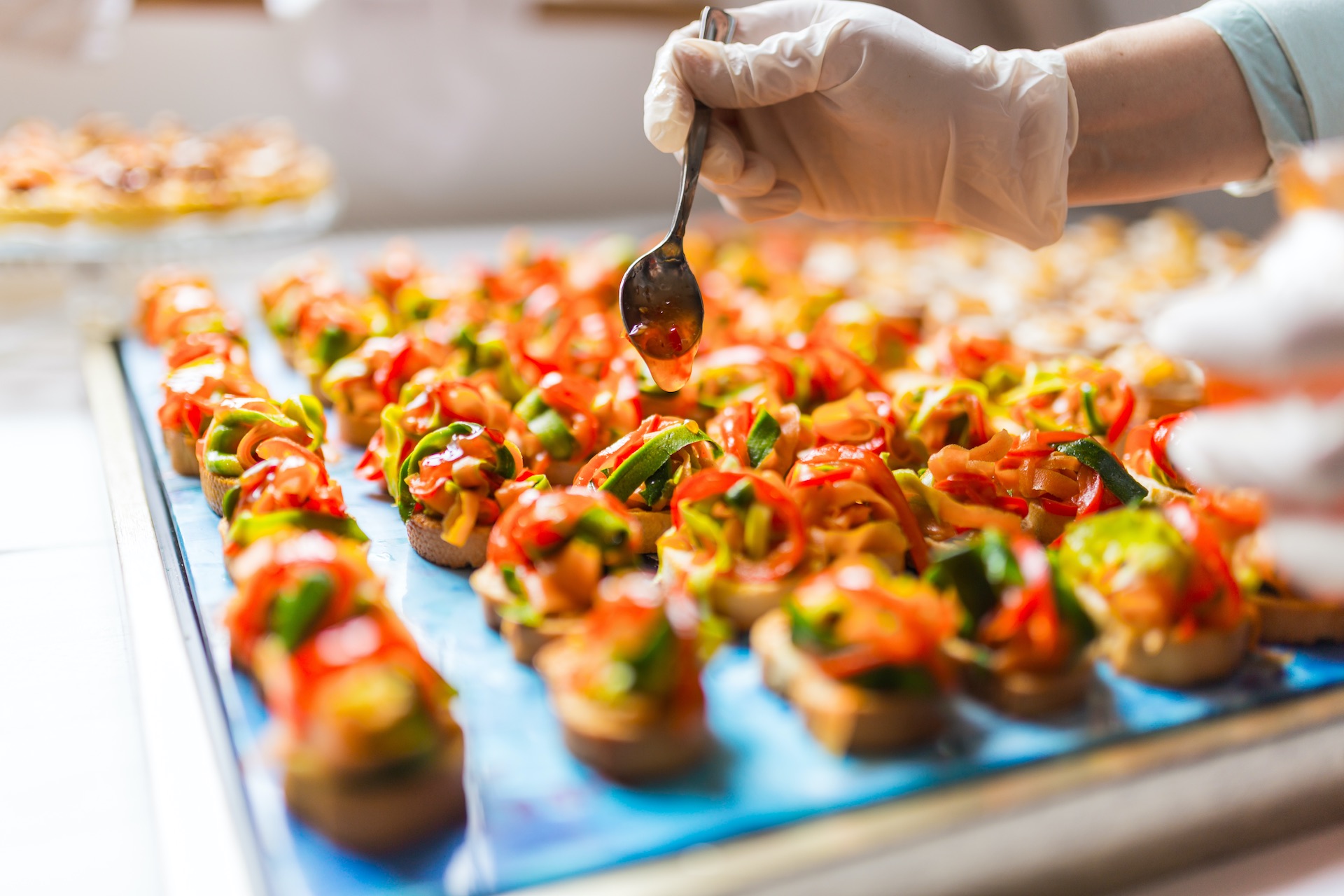Hygiene Rules in the Kitchen
Each year in Australia roughly 4.1 million people experience food poisoning. This happens because of germs growing on food that has not been properly handled, stored or cooked.
The Four C’s
The four C’s of food safety are: Cross-Contamination, Cleaning, Cooking and Chilling.
Cross contamination of food
Cross-contaminating occurs when germs are accidentally passed into foods, either from your hands, cooking utensils or other foods (this is called physical contamination of food).
The good news is the risk of food contamination can be lowered with these basic kitchen hygiene rules:
- Wash your hands with soap and clean water before touching food and immediately after handling raw food (e.g. meat, eggs), handling bins, touching pets, or going to the toilet.
- Clean all food preparation surfaces with surface disinfectant spray or wipes immediately after preparing food.
- Ideally, use different colour-coded chopping boards for raw and ready-to-eat foods.
- Cover food or keep it in sealed containers to stop germs getting in.
- Store and prepare raw food away from cooked and ready-to-eat foods.
- Keep any pets or animals away from food preparation and eating areas.
Cleaning
Decontaminate items in the right way at the right time to remove any germs and help stop them spreading to food:
- Make sure all utensils and equipment are clean before use.
- Regularly clean and disinfect things that people often touch, such as taps, cupboard handles and switches.
- Clean all food preparation surfaces with surface disinfectant spray or wipes immediately after preparing food. For direct food contact surfaces, rinse thoroughly with water after product has been used.
- Use paper towels or disposable cloths if possible and if you reuse cloths, decontaminate them between each task.
Cooking
Cook meat thoroughly to kill the germs that cause food poisoning. When reheating food, make sure it is steaming hot all the way through.
Chilling
Between 5°C and 60°C is known as the ‘Temperature Danger Zone’ as these temperatures are ideal for the growth of germs that can make you sick. Food should be kept either below 5°C or above 60°C, so either in the fridge or freezer or served hot.
A simple way to figure out what to do with your food is to follow the 2 hour/4 hour guide:
- Total time between 5°C and 60°C:
- Less than 2 hours – refrigerate or eat immediately.
- Between 2 and 4 hours – Eat immediately.
More than 4 hours – throw it out.
RB-M-12482
First published:
Last updated:
